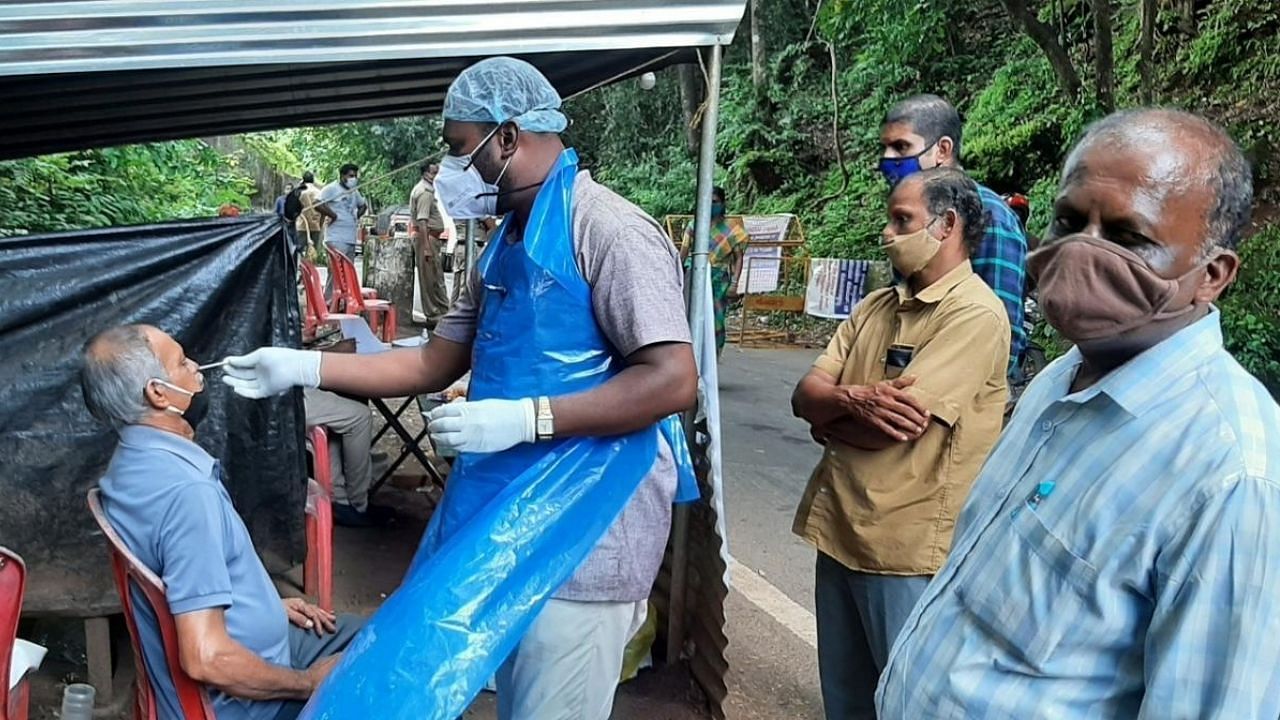
India could see a mild third wave which will peak in the early part of next year, according to experts who have been modelling the pandemic.
The determination was made by the government-backed model, SUTRA model (short for Susceptible, Undetected, Tested (positive), and Removed Approach). Helmed by Professor Manindra Agrawal of IIT Kanpur, the model shows that the outbreak may peak around the first week of February before case numbers start to decline.
Professor Agrawal stated that the peak of the mild third wave could see between one to one lakh to 1.5 lakh infections per day in India. In contrast, the country was registering about four lakh cases per day at the peak of the second wave.
“There are two reasons why the third wave could be mild - notably natural immunity brought about by the fact that nearly 80 per cent of the Indian population was infected in the second wave, plus rising vaccination coverage,” said Professor Agrawal, speaking to DH.
Although a recent study in South Africa indicates that the Omicron is capable of bypassing natural immunity at three times the rate of the Delta variant, Professor Agrawal said that even this increased rate of the bypass is too limited to play a role in driving up infections. “If one in 100 cases infected with Delta were reinfections, the South African study shows that three in 100 cases could be reinfections prompted by Omicron. This is still a small rate,” he said.
“The South African study also shows that about 11 per cent of the population was reinfected over a period of 14 months. This shows that the rate of loss of immunity is miniscule, and even an increase by a factor of 1.5 would hardly move the needle and we conclude that Omicron is not bypassing natural immunity in any significant way,” he clarified.
Mild lockdown
He added that the potential new wave could also be cut down to size by a mild lockdown, comprising night curfew and restrictions on crowding. “These measures will reduce the peak value of the wave,” he said.
Meanwhile, eminent epidemiologist Dr Jayaprakash Muliyil, who is the Chairman of the Scientific Advisory Committee of the ICMR-National Institute of Epidemiology (ICMR-NIE), also concurred independently that he has seen no information that suggests that the Omicron variant was a virus of consequence.
“At the moment, there is no spurt of cases and it has been quiet even though it appears that this variant seems to have been around for a while,” Dr Muliyil told DH.
Dr Agrawal, however, pointed out that SUTRA simulation also suggests the presence of a new mutant that was active by August in South Africa. “However, even in the case of Delta, it took some time to blow up as it did and trigger the second wave. Delta was first found in October (2020) but only became a threat in March (this year). This is why we are seeing only a slow increase to Omicron at present,” he said.
Meanwhile, clinical experts noted that, so far, the variant has only produced mild symptoms in affected individuals, despite concerns about a “Frankenstein” mix of new mutations.
Check out the latest videos from DH: